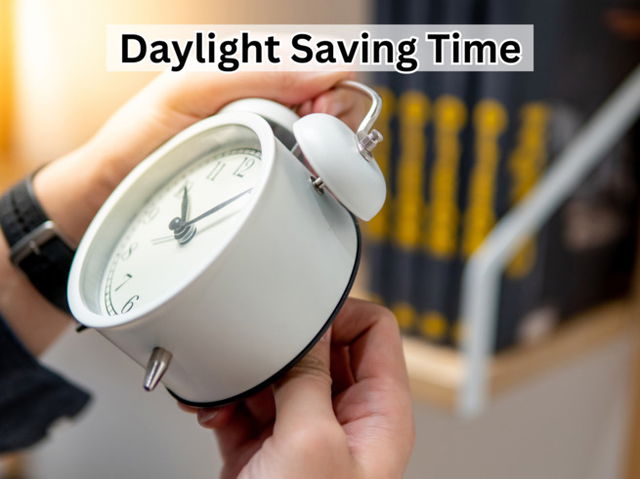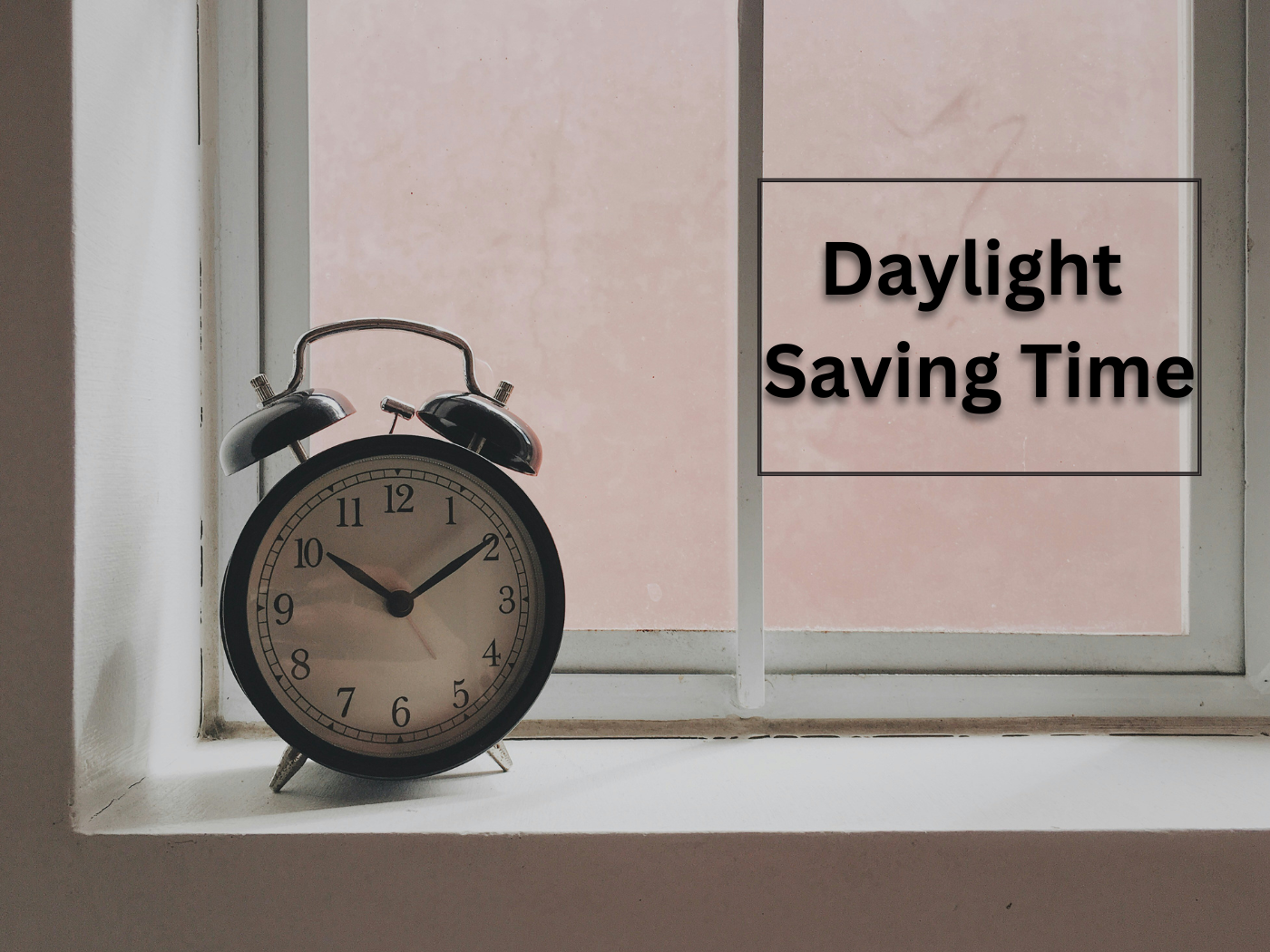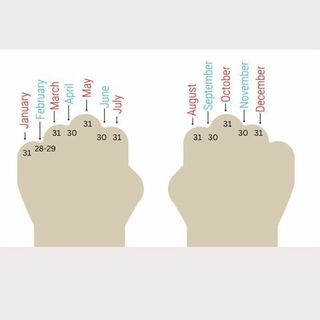- Calendar
- Calendar 2026
- March
- Daylight Saving Time Starts
Daylight Saving Time Starts
Daylight Saving Time begins every year on the second Sunday of March, at 2 a.m. in America and Canada. In 2025, Daylight Saving Time begins on Sunday, March 9, at 2 A.M
However, because different states have different time zones, this time change occurs at different times.
At 2 a.m the clocks turn forward one hour, essentially taking one hour from the morning, to extend the evenings. This change happens at 2 a.m because it causes the least disruption to everyday life.
Most people are at home and sleeping. Trains and public transport are few at this time of day. Bars and restaurants are usually not that busy. Hence, nothing is disturbed.

The History of Daylight Saving Time
There is some debate regarding the origins of Daylight Saving Time, as a few different people seem to have had the same idea throughout history.
The first record of a suggestion to change the clocks is attributed to Benjamin Franklin. He wrote a letter to the editor of the Paris journal entitled “An Economical Project” while living in Paris. In this letter, where he satirically suggests changing the clocks to economize time. This is because he observed Parisians who saved money on candles by waking up early.
However, in reality, Franklin did not propose changing clocks but for people to change their schedules.
Over a century later, George Hudson proposed something more similar to modern Daylight Saving Time. In 1895, he proposed a two-hour change in daylight.
But, William Willet is credited with inventing Daylight Saving Time in 1905. He noticed that people in London would sleep in late during the Summer. As a result, a lot of daylight hours were wasted.
His proposition titled “Waste of Daylight,” proposed advancing the clocks 20 minutes every Sunday in April and then changing them back every Sunday in October.
However, time changes only became common during World War I. This is when soldiers needed to cut down on their electricity use to save fuel. After the War, this change was reverted as it proved to be unpopular with the American population.
With the coming of World War II, President Roosevelt instated what he called “War Time”, i.e., Daylight Saving Time to be in effect all year round. This lasted from 1942 until 1945.
Daylight Saving Time was adopted in a few American states in 1966 during an energy crisis and after the passing of the Uniform Time Act.
In 1974 President Nixon officially signed a law stating that clocks would be set ahead from January until the beginning of October. This was amended in October, setting the Standard Time back to October 25, 1974, and Daylight Saving Time resumed in February 1975.
Until 2005 Daylight Saving Time was observed from the first Sunday in April until the last Sunday in October. President George W. Bush ordered it to be extended for four weeks.
Hence, in 2007 Daylight Saving Time was officially set to run from the second Sunday of March until the first Sunday of November.
The Reason For Having Daylight Saving Time
Daylight Saving Time was originally conceived to better use daylight and save energy.
The length of daylight hours is determined by the Earth’s axial tilt, which changes seasonally. This means that daylight is longer in the summer and shorter in the winter.
By turning the clocks one hour ahead during the summer season, people will have to wake up one hour earlier than usual.
As a result of turning the clocks one hour ahead during the summer, people wake up one hour earlier than usual. This results in them finishing their work earlier as well. Hence, everyone gets one extra hour of daylight to spend as per their choices.
But, many people are against Daylight Saving Time since it's difficult to adjust to a new sleeping schedule, especially for people with sleeping disorders.
It has been proven that people are most tired on the days after the clocks change. That is why productivity levels are low, and traffic incidents increase during this time of year.
Daylight Saving Time Starts
These are the dates for the beginning of Daylight Saving Time, when the clocks go forward, in the United States in the next few years:
| Year | DST Starts |
|---|---|
| 2026 | March 8 |
| 2027 | March 14 |
| 2028 | March 12 |
| 2029 | March 11 |
| 2030 | March 10 |
Thus, National Napping Day takes place on the day after Daylight Saving Time starts.

Other Celebrations
-
Mar 18 Tue
-
Jun 10 Tue
-
Jun 14 Sat
-
Nov 02 Sun
-
Dec 02 Tue
-
Dec 21 Sun

Daylight Saving Time Starts 2025
Date: Sunday, 14 March 2027
Date: Sunday, 12 March 2028
Date: Sunday, 11 March 2029
2025 Calendars
You might also be interested in











